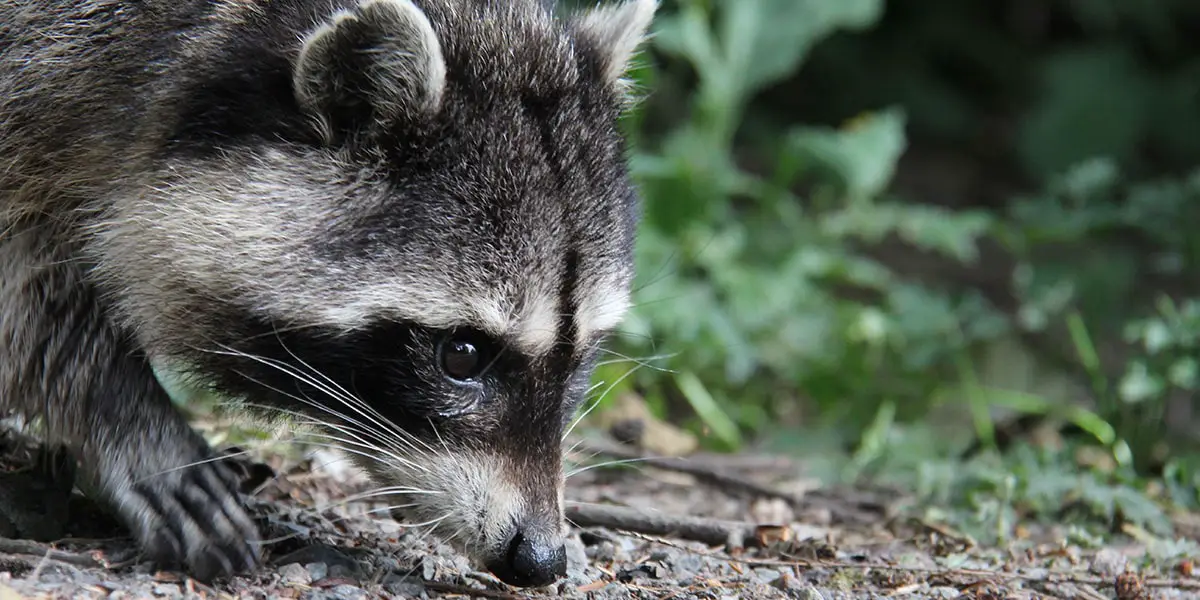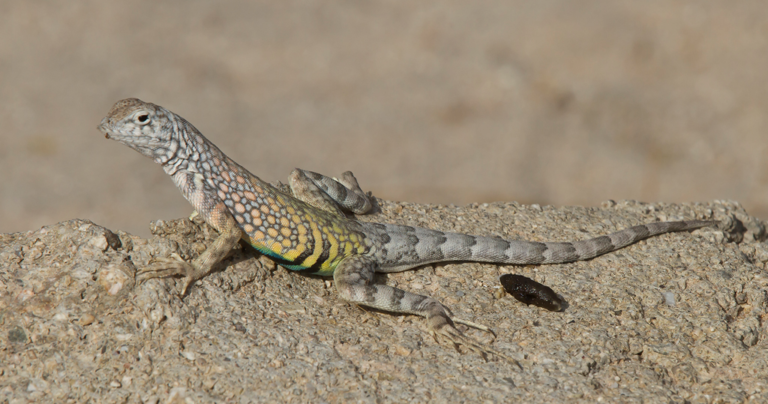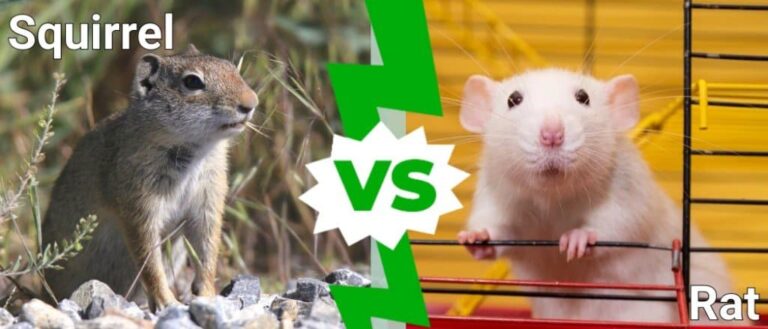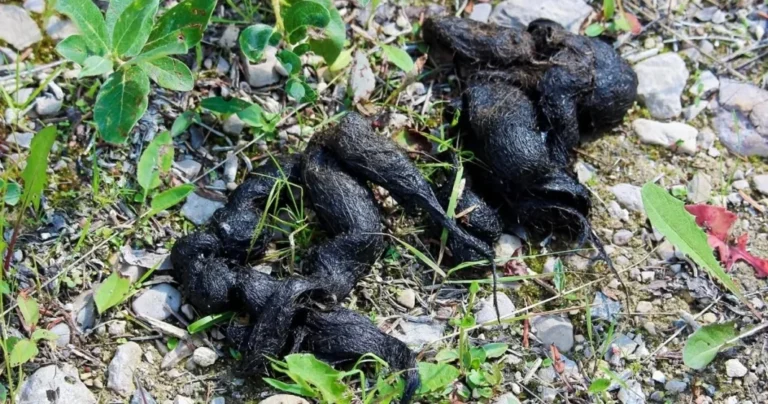Identify and Clean Opossum vs. Raccoon Poop Safely
Introduction
Wildlife encounters are common, especially in suburban and rural areas where animals like opossums and raccoons roam freely. One of the challenges homeowners face is identifying and dealing with animal droppings. Opossum and raccoon feces can pose serious health risks due to potential pathogens. Understanding the differences, identifying characteristics, and proper cleanup methods is essential for maintaining a safe environment.
This article provides an in-depth look at opossum and raccoon poop, their characteristics, associated risks, and effective cleanup measures.
Why It’s Important to Identify Opossum and Raccoon Droppings
Identifying opossum and raccoon droppings is crucial for several reasons:
- Health Risks: Both types of feces can carry dangerous pathogens, including bacteria and parasites that pose risks to humans and pets.
- Pest Control: Properly identifying the source of the droppings helps homeowners and pest control professionals develop an effective plan for prevention and management.
- Environmental Concerns: Understanding the type of droppings present can inform the right cleanup approach to avoid contamination.
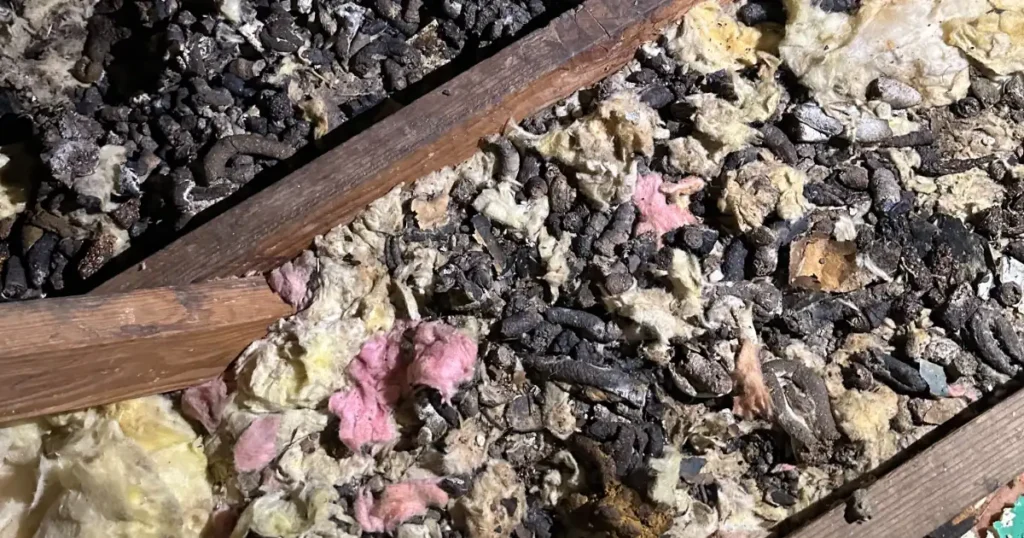
Table of Features: Opossum vs. Raccoon Poop
| Feature | Opossum Poop | Raccoon Poop |
|---|---|---|
| Size and Shape | 1-2 inches long, smooth, often curled or coiled | 2-3 inches long, segmented, tubular |
| Color | Dark brown to black | Dark brown, sometimes with a shiny appearance |
| Texture | Soft and uniform with visible insect parts | Tends to be coarser, may contain seeds and berries |
| Odor | Mild to moderate odor | Strong, pungent odor |
| Common Location | Near trees, under porches, in attics | Roofs, garages, near gardens or water sources |
| Health Risks | Leptospirosis, Salmonella | Baylisascaris procyonis (raccoon roundworm), E. coli |
| Notable Features | Can have insect exoskeletons | Often contains undigested food particles |
Identifying Opossum Poop
- Physical Appearance: Opossum feces are typically about 1-2 inches in length and have a smooth, uniform appearance. Unlike raccoon poop, opossum droppings may appear slightly coiled or curled. The color ranges from dark brown to black and might contain visible fragments of the insects they consume.
- Common Areas of Occurrence: Opossums are nocturnal creatures, so their droppings are most often found in locations they use for resting during the day, such as under decks, in attics, or near trees.
- Health Risks: Opossum droppings can carry Leptospirosis, which can cause flu-like symptoms in humans, and Salmonella, which can lead to severe gastrointestinal distress.
Identifying Raccoon Poop
- Physical Appearance: Raccoon feces are larger than opossum droppings, typically measuring 2-3 inches in length with a segmented, tubular shape. The droppings may appear shiny due to undigested berries or seeds.
- Common Areas of Occurrence: Raccoons are highly adaptable and can be found near water sources, gardens, rooftops, and garages. They often defecate in communal sites known as latrines, which makes finding clusters of droppings more likely.
- Health Risks: Raccoon feces can be extremely hazardous due to the presence of Baylisascaris procyonis, a type of roundworm that poses serious neurological risks to humans if ingested. They may also contain E. coli and other pathogens.
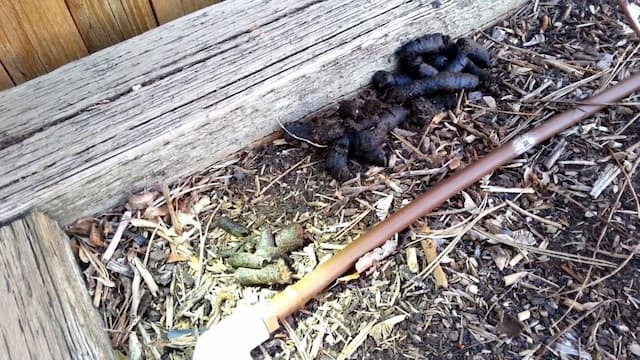
Differences Between Opossum and Raccoon Poop
Understanding the key differences between opossum and raccoon droppings helps with proper identification. While raccoon poop is typically more segmented and may contain visible food particles, opossum droppings are smoother and may feature insect remnants. The smell of raccoon feces tends to be more pungent compared to the milder odor of opossum droppings.
How to Safely Clean Up Opossum and Raccoon Droppings
Proper cleanup of animal droppings is crucial to minimize the risk of spreading diseases. Here’s a step-by-step guide to cleaning up opossum and raccoon poop safely:
- Protective Gear: Always wear gloves, a mask, and eye protection.
- Disinfecting Solution: Prepare a cleaning solution using bleach (1 part bleach to 10 parts water).
- Remove Droppings: Use disposable paper towels or a plastic bag to carefully collect the droppings. Avoid stirring up dust to prevent inhalation of harmful particles.
- Disinfect the Area: Apply the bleach solution to the affected area and let it sit for 5-10 minutes.
- Dispose of Waste: Seal the collected droppings in a double-layered plastic bag and dispose of it in the trash.
- Wash Hands and Tools: After cleaning, wash your hands thoroughly with soap and water, and disinfect any tools used.
Preventing Future Wildlife Intrusions
To prevent opossums and raccoons from invading your space, consider these prevention tips:
- Seal Entry Points: Inspect your home for gaps, holes, or entry points that animals could use to access your attic, basement, or crawl spaces.
- Secure Trash: Use animal-proof lids and store garbage bins away from the home.
- Eliminate Food Sources: Clean up fallen fruits, pet food, and bird feeders.
- Trim Vegetation: Keep tree branches trimmed to prevent easy access to your roof.

Comparison of Diseases and Safety Measures
Both opossum and raccoon droppings can carry diseases, but raccoon feces pose a higher risk due to the potential for Baylisascaris. Safety measures for handling each type of droppings involve similar steps, but heightened caution is recommended for raccoon poop due to its more dangerous pathogens.
Common Diseases Linked to Droppings:
- Opossum Poop: Leptospirosis, Salmonella
- Raccoon Poop: Baylisascaris procyonis, E. coli
Safety Checklist:
- Always wear protective gear.
- Use disinfectants that kill bacteria and parasites.
- Avoid inhalation by wearing masks and working in well-ventilated areas.
FAQs
1. How can I tell if animal droppings are fresh?
Fresh droppings tend to be shiny and moist, while older ones are dry and crumbly.
2. What should I do if I suspect my pet has come into contact with raccoon poop?
Immediately bathe your pet and contact your veterinarian for further guidance.
3. Can raccoon roundworms infect humans?
Yes, Baylisascaris can cause severe neurological symptoms in humans if ingested. It’s vital to handle raccoon feces with caution.
4. Are there professional services for wildlife feces cleanup?
Yes, pest control and wildlife management companies often provide specialized cleanup and sanitization services.
Conclusion
Understanding the differences between opossum and raccoon poop can significantly reduce the risks of disease transmission and help maintain a healthy living environment. Identifying their droppings, recognizing health risks, and following proper cleanup protocols are key components of effective wildlife management. By taking preventive measures and staying vigilant, you can protect your home from future wildlife intrusions and ensure safety for your family and pets.

